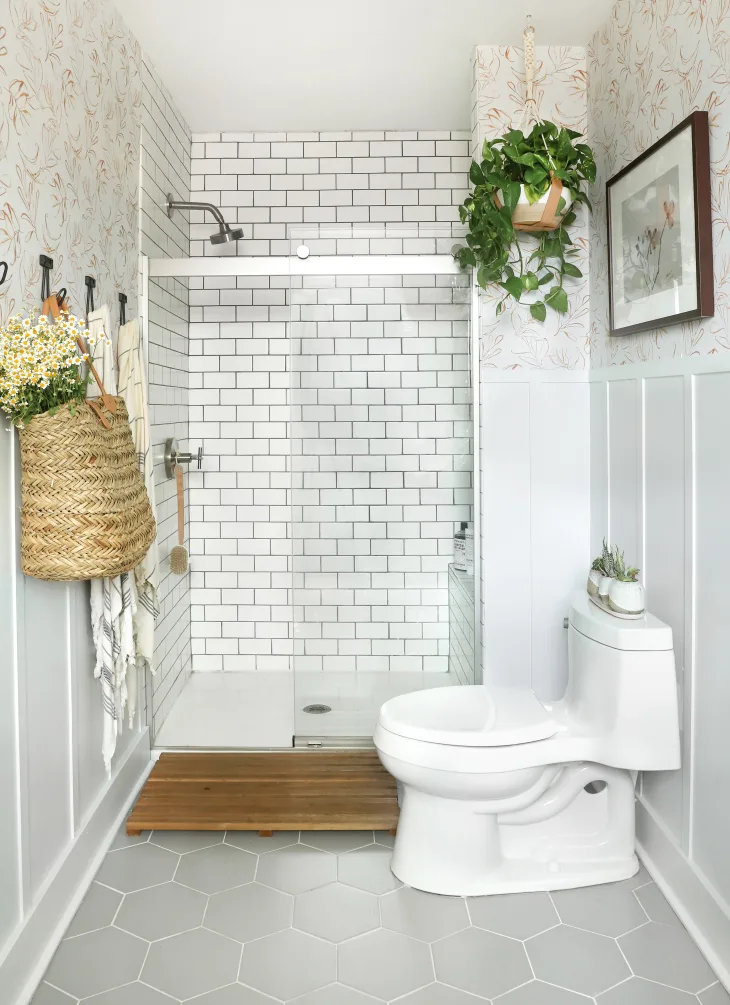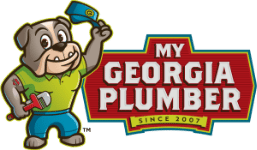
Avoid Costly Plumbing Problems: 5 Common Toilet Issues and How to Prevent Them
Our toilets are a part of all our daily routines and when they don’t function properly, we feel it immediately! It’s inconvenient and we want to fix the situation as soon as possible. What’s that old saying about taking something for granted until it’s taken away (or doesn’t function properly)? Understanding how to maintain our toilets properly can save you from expensive repairs down the line. Let’s explore five common plumbing issues and provide tips on how to prevent them.
Flushing Wipes, Paper Towels, and Other Non-Flushable Items
Despite claims of being flush-safe, wipes and paper towels can cause significant problems in your plumbing system. These products are designed to resist tearing, making them difficult to break down and pass through drain pipes. Additionally, avoid flushing disposable clothes, feminine products, napkins, ear swabs, and hair as well. Dispose of these items properly in the garbage to prevent clogs and damage to your plumbing system.
A Partially-Blocked S-Trap
The S-trap drain, located at the back of the toilet, plays a crucial role in preventing odorous sewer gases from entering your home. If this pipe becomes partially blocked, it can lead to frequent toilet clogs and other plumbing issues. Consider using a toilet auger to remove or break up the partial blockage and allow it to move through the drain. If the problem persists, it’s best to call a professional plumber to clear the blockage completely.
Obstructed Plumbing Vents
Many people are unaware that plumbing systems include ventilation pipes that release sewer gases and allow clean air to enter the system. If these plumbing vents become sealed, clogged, or obstructed, the flushing power of your toilet can be significantly reduced. To check if this is the issue, one person should stay with the toilet while another climbs onto the roof to access the plumbing vent. From there, you can use a snake to go down the vent pipe or even purchase a drain line camera to help you see the blockage. There are affordable options for you to be able to do this yourself or you can call a plumber if the clog is something you’re not able to clear yourself.
Punctured, Damaged, or Restricted Main Sewer Lines
The main sewer line that runs underground and connects to the municipal sewer system or septic tank can be vulnerable to tree roots, rocks, and other debris. Tree roots can wrap around or puncture the pipe, leading to restricted flow and drainage problems. If multiple toilets or drains are experiencing issues, it could indicate a problem with the main sewer line. Contact a plumber to assess and repair any punctures, damage, or restrictions in the line.
Ineffective Low-Flow Toilet
Low-flow toilets are designed to conserve water, but outdated models may not provide sufficient flushing power. This can result in frequent clogs and inefficiency in waste removal. If you’re experiencing issues with your low-flow toilet, consider upgrading to a newer model that can handle the demands. Upgrading to an effective low-flow toilet will ensure efficient flushing and prevent plumbing problems.
By taking preventative measures and avoiding these common plumbing mistakes, you can save yourself from costly repairs and inconveniences. If you encounter persistent plumbing problems or require professional assistance, don’t hesitate to contact us here at My Georgia Plumber for expert help.







